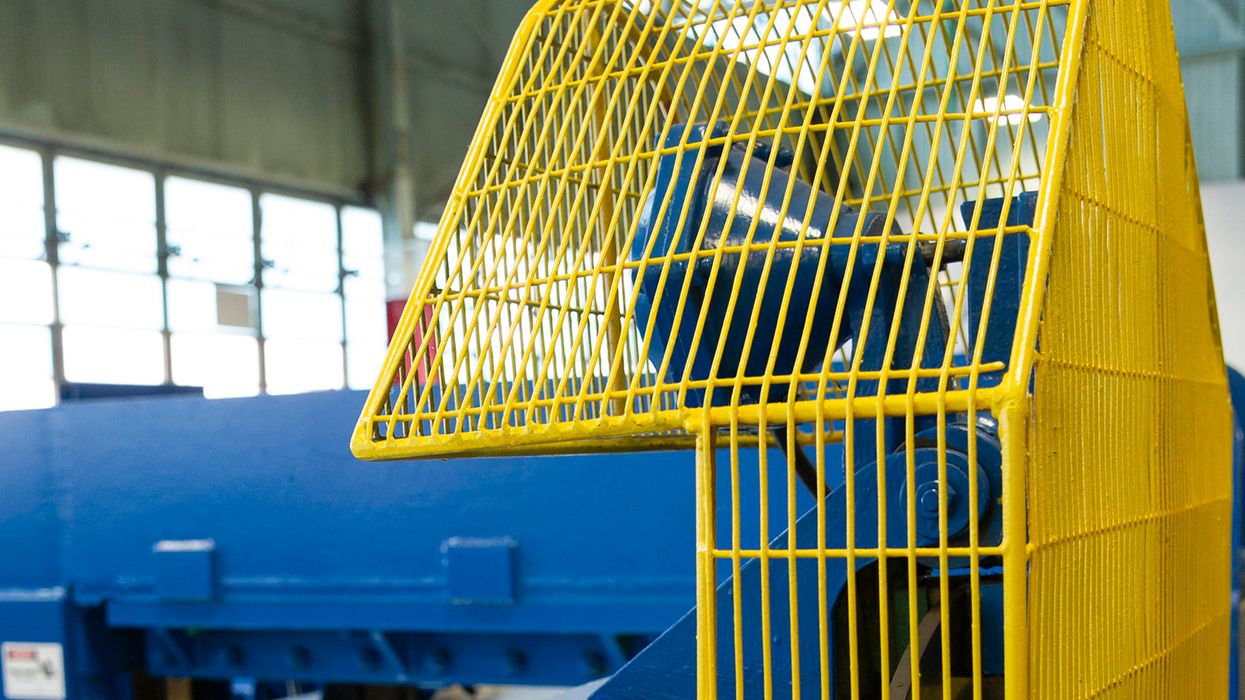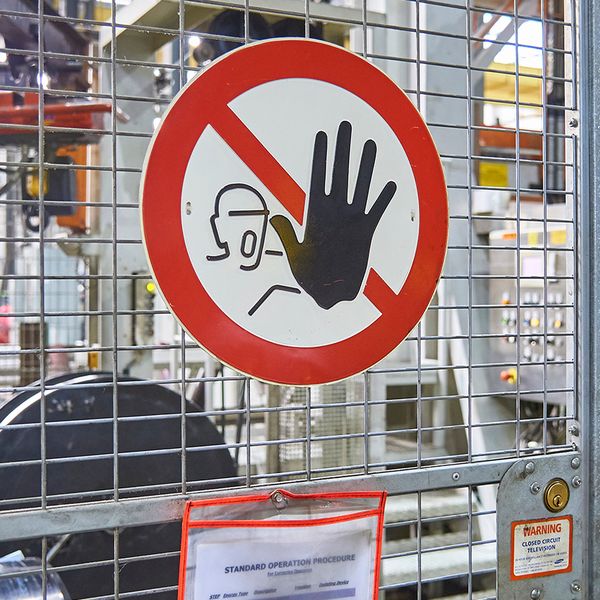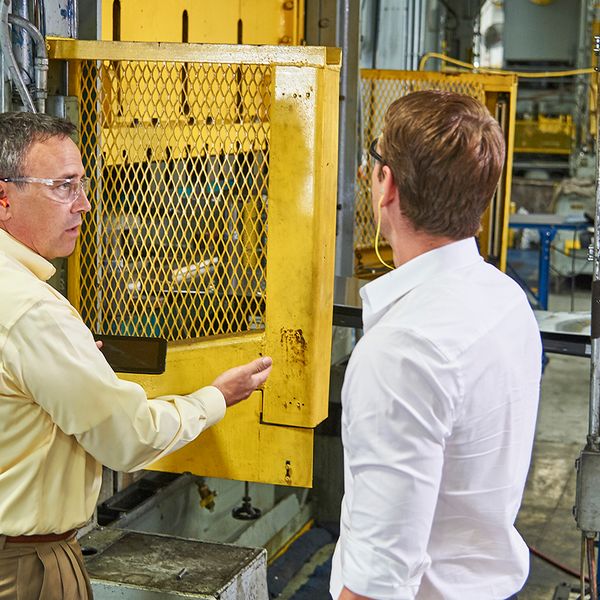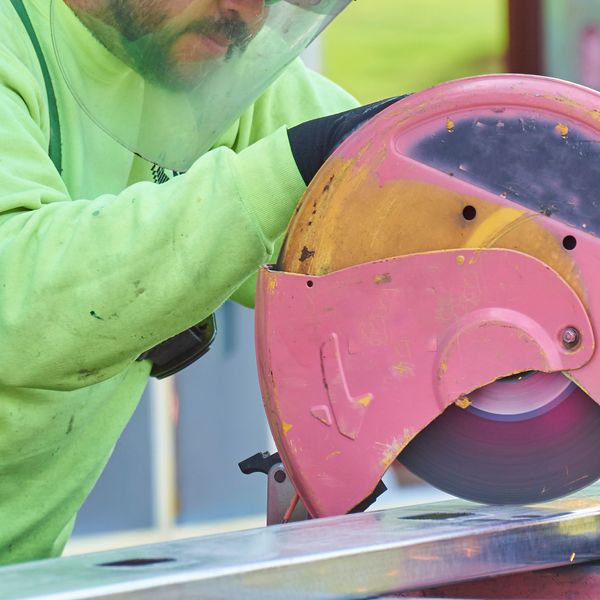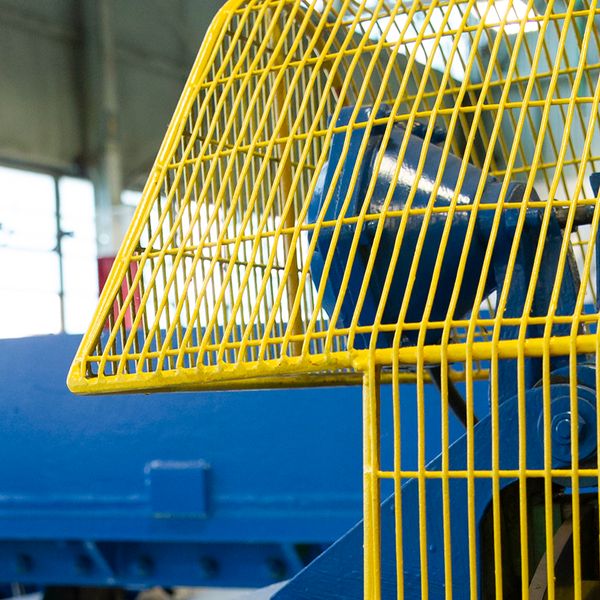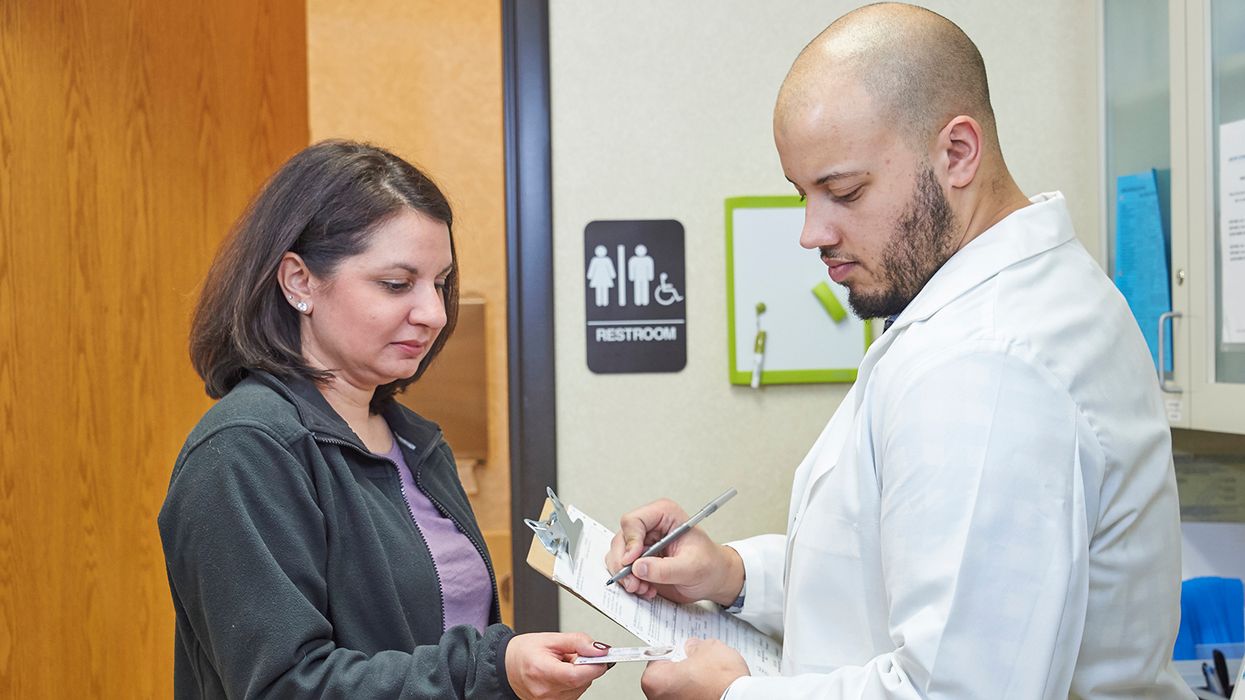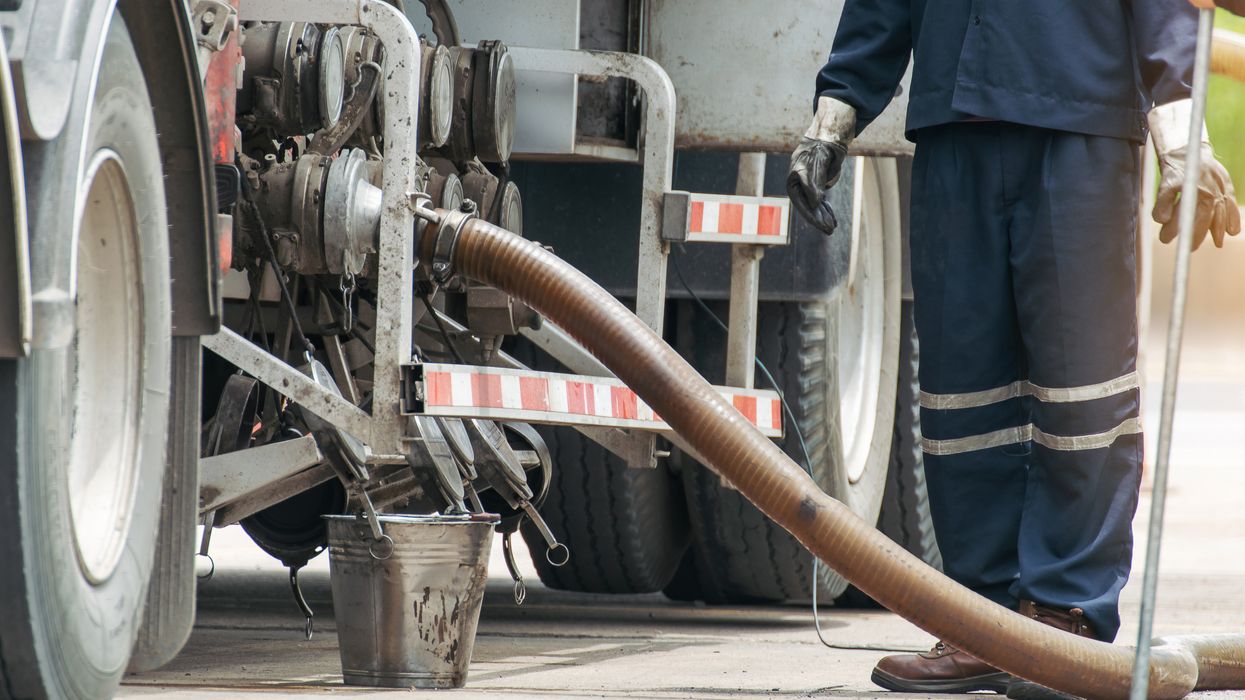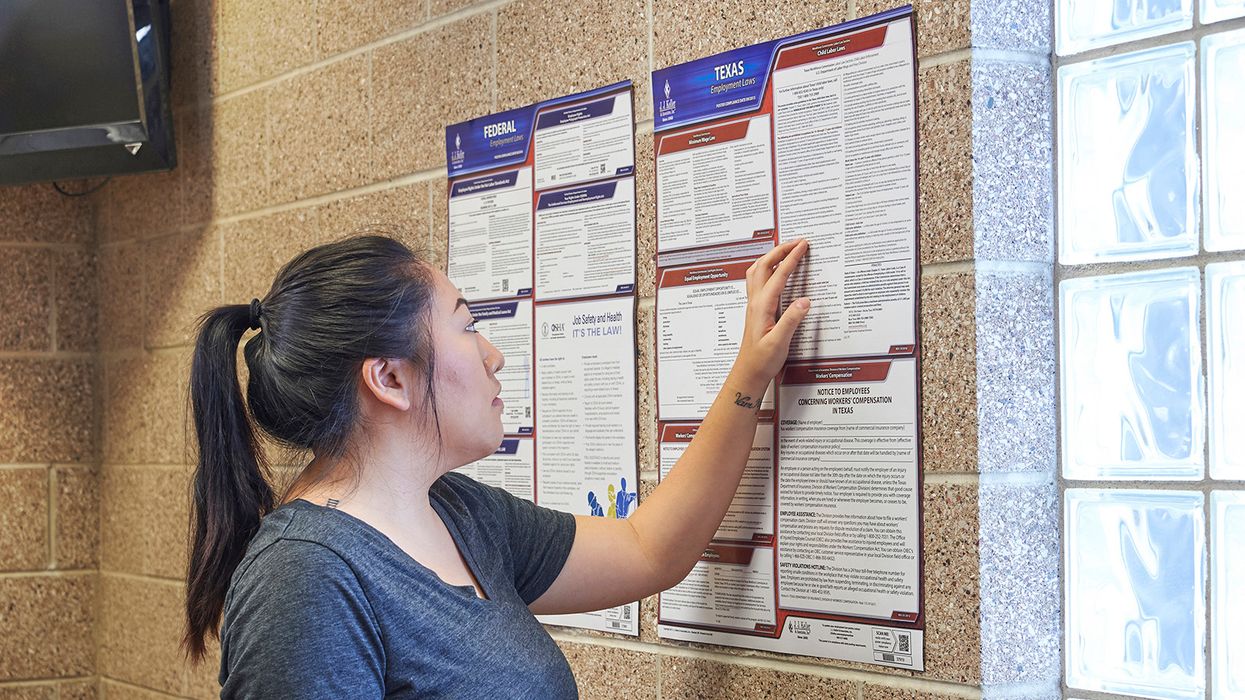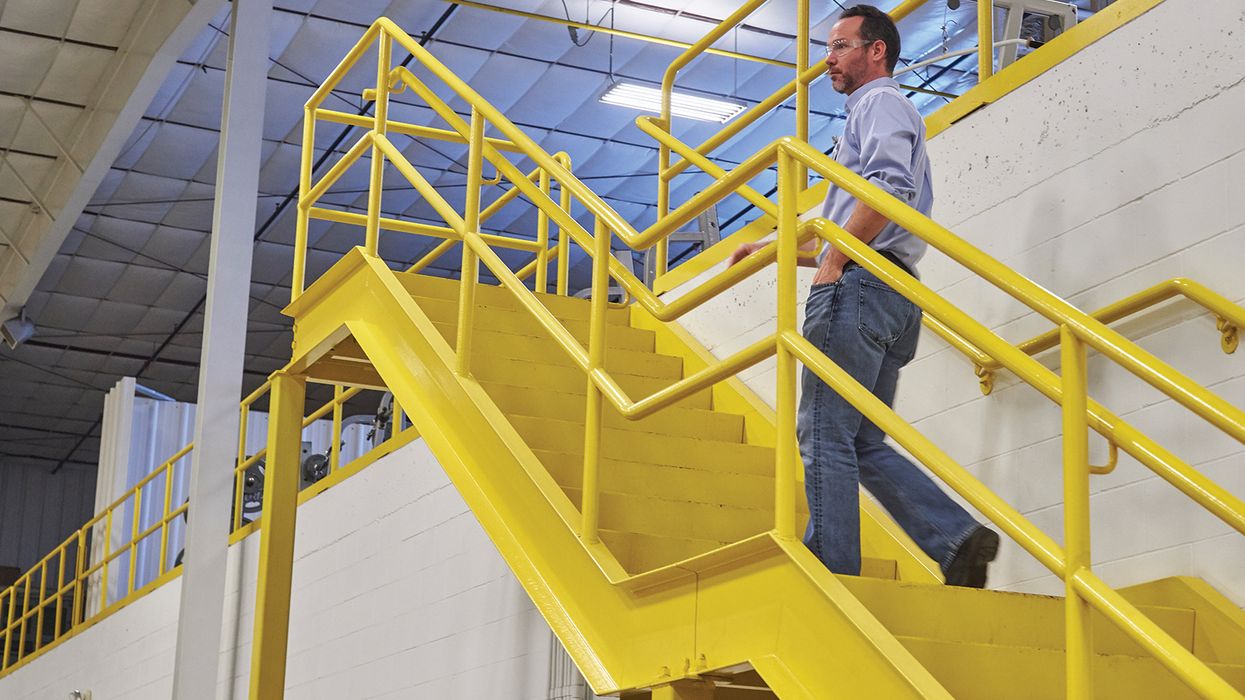Employers must continue to put emphasis on amputation hazards
Amputations are some of the most serious and debilitating workplace injuries. They occur when workers operate unguarded equipment or inadequately safeguarded machines. OSHA continues to highlight the dangers and injury potential related to machine guarding by issuing a revised National Emphasis Program (NEP) on amputations. Employers need to be aware of this NEP, and what they can do to help protect their workers from this unnecessary threat.
The revised NEP on amputations in manufacturing industries went into effect on December 12, 2019. This directive (CPL 03-00-022), effective for five years, supersedes a previous NEP from 2015. Significant changes include:
- Revisions to the coding requirements for all OSHA amputation inspections in the OSHA Information Systems (OIS);
- Revisions to the targeting methodology to include data from the amputation reporting requirement under 29 CFR 1904.39; and
- Replacement of Appendix A and B with a new methodology targeting amputations, and coverage under the North American Industry Classification System (NAICS) Codes.
OSHA will be targeting industries with high inspection numbers as they relate to amputation hazards, those industries with high injury rates and amputation numbers according to Bureau of Labor Statistics (BLS) data, and high employer-reported amputation numbers.
An amputation is a traumatic loss of a limb or other external body part. This includes a part, such as a limb or appendage, that has been severed, cut off, or amputated (either completely or partially). It also includes fingertip amputations with or without bone loss; medical amputations resulting from irreparable damage; and amputations of body parts that have since been reattached.
While work practices, training, and administrative controls can help curb amputation hazards, machine safeguarding is considered the best way to control amputations. This includes ensuring guards and devices provide the physical barrier necessary to prevent access to hazardous areas.
- Guards should protect the operator and other employees in the machine area from hazards such as those created by point of operation, in-going nip points, rotating parts, flying chips and sparks.
- Devices can be used to replace or supplement guards to help prevent contact with points of operation. Devices can interrupt the normal cycle of the machine when the operator’s hands are at the point of operation, prevent the operator from reaching into the point of operation, or withdraw the operator’s hands if they approach the point of operation when the machine cycles.
Machine components present amputation hazards, including the point of operation (where the machine performs work on the material), power transmission apparatuses (where the machine components transmit energy), and other moving parts (machine components that move during operation). Employers and workers should be able to recognize, identify, manage, and control amputation hazards that are caused by these various components.
Key to remember: The employer must be aware of their responsibilities to protect workers, recognize the dangers that can lead to an amputation, and understand the role OSHA is playing in response to this increased risk.

